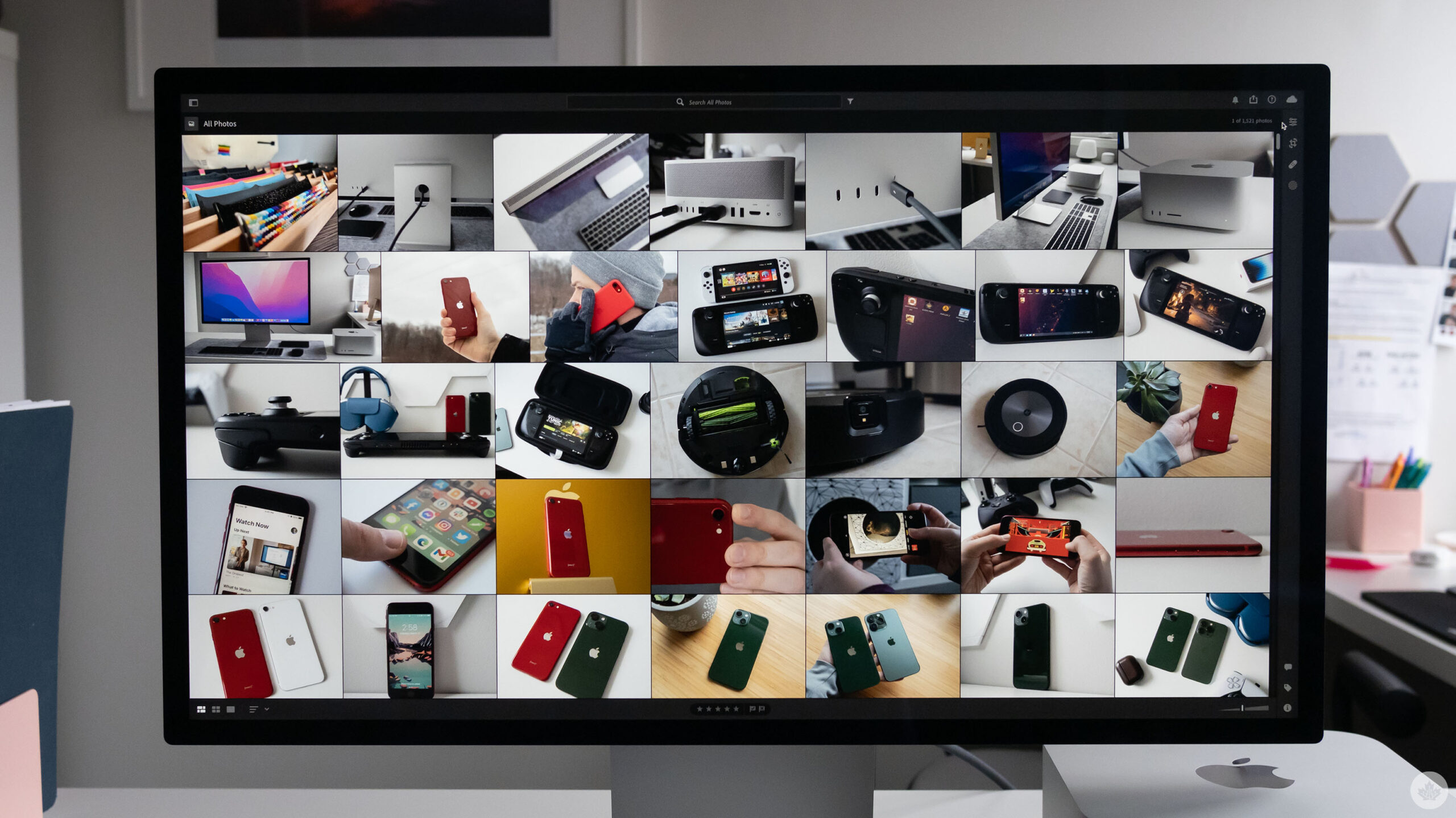Cory Bernhardt spent 8 years working in the gaming industry in various QA roles. Today he’s a QA lead at AT&T. Once a QA Tester at Konami, Jimmy Robles is now a QA Analyst at Prodege. Adam Carrillo started his career as a Mobile QA Tester at Disney Interactive Studios. After serving as Mobile Analytics Lead at DirectTV, today he’s a QA Analyst at Synapse Studios, a JavaScript consultancy.
Stories about the success of gaming talent now working in other industries are becoming commonplace as more non-gaming industries adapt game technologies like 3D modeling and motion tracking. While some IT leaders may feel like they’re in unfamiliar territory when initially engaging this talent pool, the benefits of embracing these skilled engineers, developers, designers, and 3D artists far outweigh the challenges.
Why IT Leaders are Paying Attention
As gamification finds its way into areas such as training, customer experience, employee engagement, and product development, gaming skillsets are in high demand regardless of industry. Yet, it remains problematic for many IT leaders outside the gaming industry to tap into this talent pool. I’ve seen tech leaders and hiring managers miss out on qualified talent because they didn’t understand how to assess transferable skills, interpret resumes, or meaningfully interact with these candidates.
It can also be confusing for those outside the industry to qualify candidates in terms of seniority vs. game success. For example, if your candidate has five years’ experience and two “AAA” blockbuster videos backed by a popular publisher with a big budget, you’re interviewing a Brad Pitt amongst game developers. By contrast, if your candidate has 10 years’ experience and 20+ game titles that all sold under 500K copies, you have a less qualified person.
Not Familiar with Unreal Engine?
Many desirable gaming skills like UX Design, data analysis, virtual reality, C/C++, C#, Full Stack Development, and iOS/Android development are easily recognizable. However, gaming resumes often include unfamiliar language that can confuse industry outsiders, causing them to overlook qualified candidates. For example, 3D Studio Max, Unity, Unreal Engine, Motion Builder, Qt, 3D Maya, Jira, and Bugzilla are skillsets that IT leaders should pay attention to.
IT leaders and hiring teams can learn more about how gaming skills translate to their industries by taking advantage of opportunities to speak at length with gaming industry candidates. Don’t understand what sufficiency in Bugzilla or 3D modeling brings to your company? Many gaming professionals have elegant websites and demo reels and will enthusiastically talk about their technical expertise. Take the time to view their games, play a few, and ask them to explain them. This helps you better understand their skills and also demonstrates you’re interested in their accomplishments.
If you’re in an industry that’s using gamification technology, here’s a quick cheat sheet to improve your understanding of gaming talent resumes:
Manufacturing: As big data, IIoT, and smart tools transform manufacturing, gaming talent is a match for roles such as systems engineers and testers, 3D artists and modelers, software developers and engineers. Look for titles on gaming resumes such as Construction Simulation Software Engineer, Civil 3D Sim Software Developer, 3D Mapping Engineer, and Simulation Engineer.
Education: Gamification is gaining traction to improve learning behaviors. Consider gaming talent for QA, mobile testing, SDET, 3D design, and software development. Look for gaming titles like Mission Level Designer, Gaming Software Engineer, and Mobile App Developer.
Telecommunications: Gamification is used to improve customer experience, as well as quality control of sound test applications and hardware/software test modules. Consider gaming talent for Server-Side Application Developers and Sound Design Engineers. Look for gaming titles such as Sound, Hardware, or Software Engineer.
Healthcare: From medical device 3D mapping to games that help patients understand how the body fights cancer, gaming technology is gaining traction in medicine. Demand is high for developers, engineers, and designers skilled in 3D mapping and character animation. Look for gaming resumes titles like Animation Developer, 3D Rendering Artist, 3D Character Modeler, and 3D Software Engineer.
Retail: Opportunities in retail are an overall fit for gaming engineers and developers looking to leverage their expertise in engaging and incentivizing users. Look for gaming titles like Software Engineer and Gaming Software Developer.
Attracting This Select Talent Pool
During the pandemic, gaming thrived creating even higher demand for skilled gaming talent. How do IT leaders in more traditional markets compete? And, even harder, persuade them to leave their industry?
Many IT leaders will first need a more in-depth understanding of how their industries can leverage gaming trends and technologies. A good place to start researching is sites like Gamasutra, Twitch, and Gamepost. It’s also helpful if your organization has a valid mobile, 3D, or Set-Top (STB) type platform that will excite gaming IT talent.
Engaging this talent pool may require your hiring teams to rethink tactics that they’ve relied on for years. For entry level talent, coach them to seek out colleges that specifically offer game development programs. Look for reels and resumes posted on Gamasutra, Artstation and Behance. Consider attending gaming conferences like Electronic Arts Expo, Video Game Developers Conference or E3 to engage industry talent.
Culture plays a role, too. In my last visit to a major game publisher, I saw a staff chef, inhouse kitchen, gym, daycare, and even scooters to get around campus. While most companies can’t match all of this, IT leaders need to advocate for a more casual, collaborative workplace with a strong sense of community, ample opportunity for professional development, generous PTO, and flexible schedules.
The gaming industry is a vast source of enthusiastic and skilled IT talent. If you’re thinking that none of your open positions are suitable for gaming talent, take the time to understand how these professionals think and work. You may be surprised at how many meet your hiring needs.
Note: This article have been indexed to our site. We do not claim legitimacy, ownership or copyright of any of the content above. To see the article at original source Click Here













